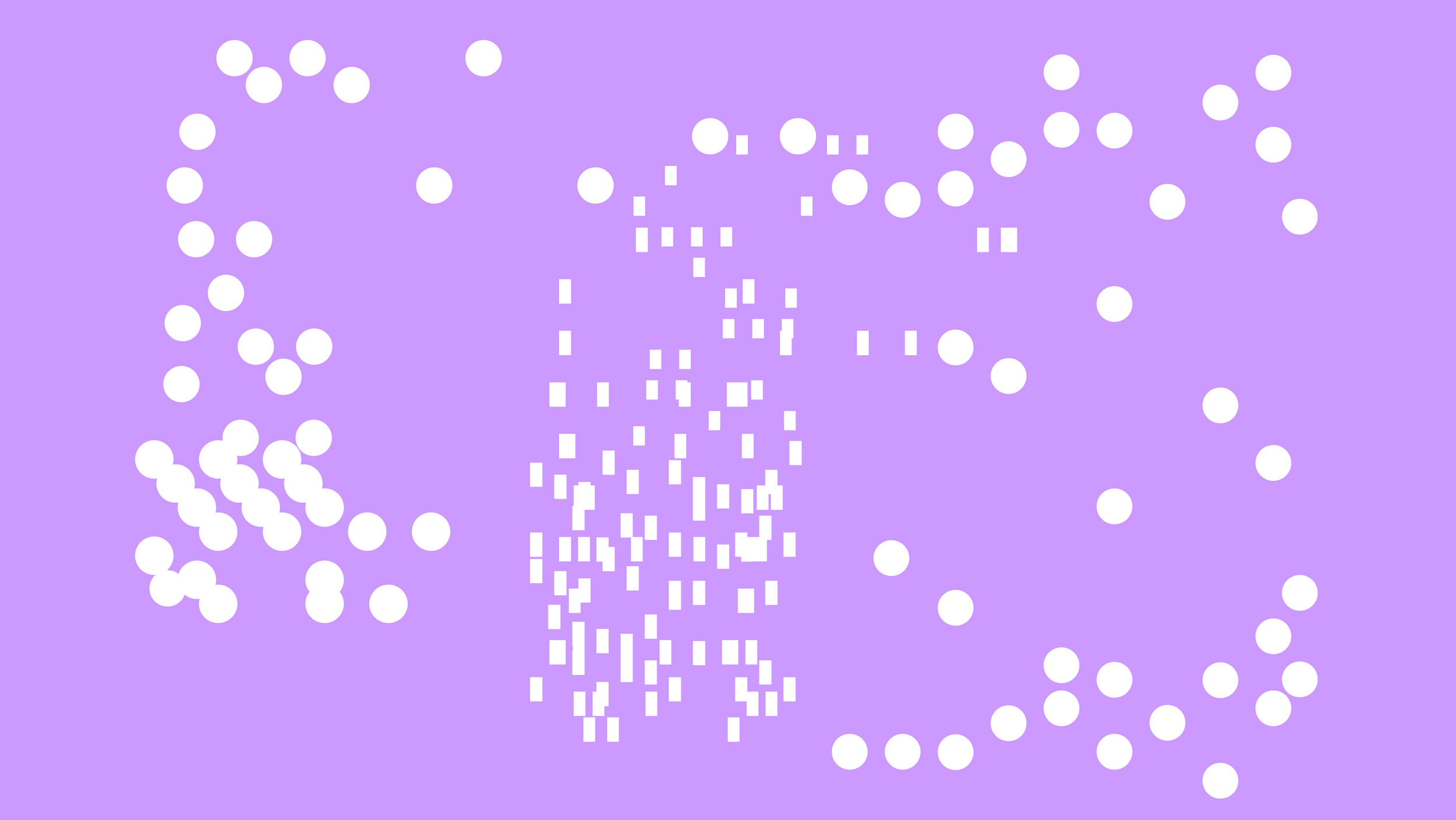
Weather Permitting.



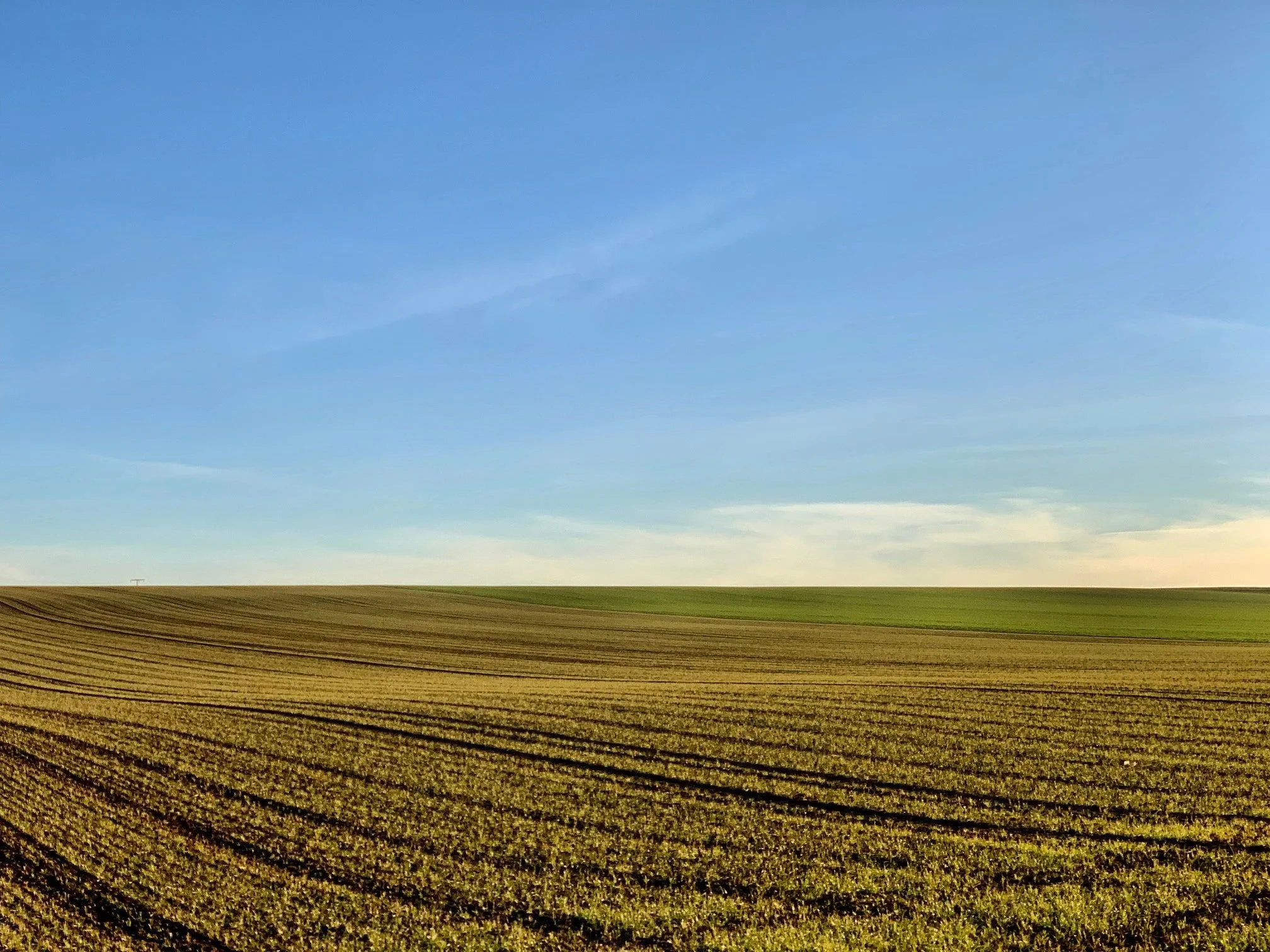




Photos by Simon Thorogood
The exquisite weather of the last ten days or so has noticeably transformed the surrounding landscape. Light and colour is brilliant – the sky is a sustained proud blue, sunshine inclines young crops to a vivid yellow-green, and the exposed soil softens from a wintery brown to subtle shades of khaki.
The change has been enjoyed by all – humans and wildlife alike. Walkers and wayfarers in the countryside have multiplied, the sky is filled with sailplanes and hovering birds of prey, and hares race through the fields.
Yet, we are be reminded that this is not yet Spring, and that the bleakness of Winter may be reinstated at any moment. But until such time, the fine weather is to be savoured, and prompts us to be somehow changed and transformed ourselves.
Door Frames.




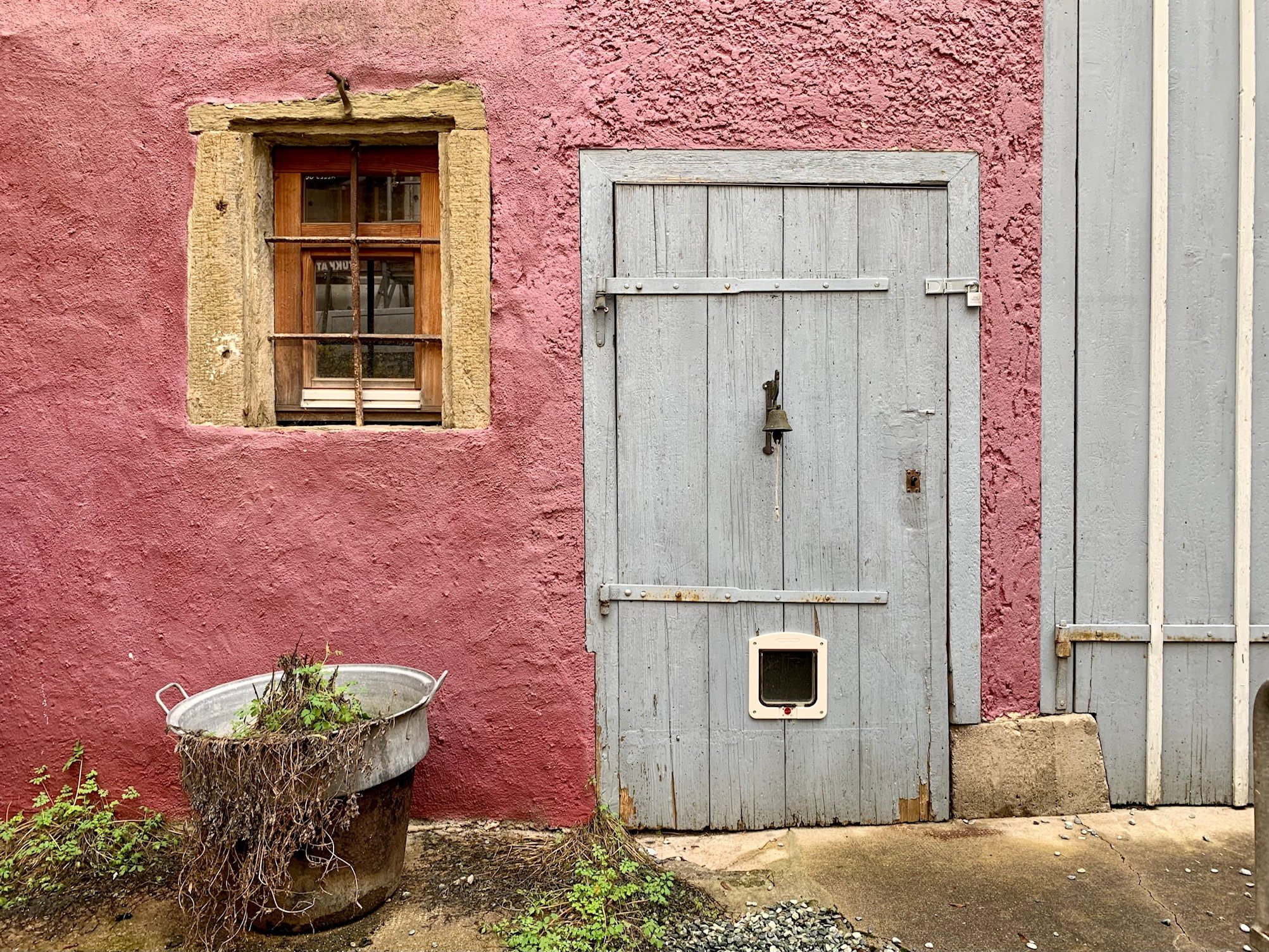
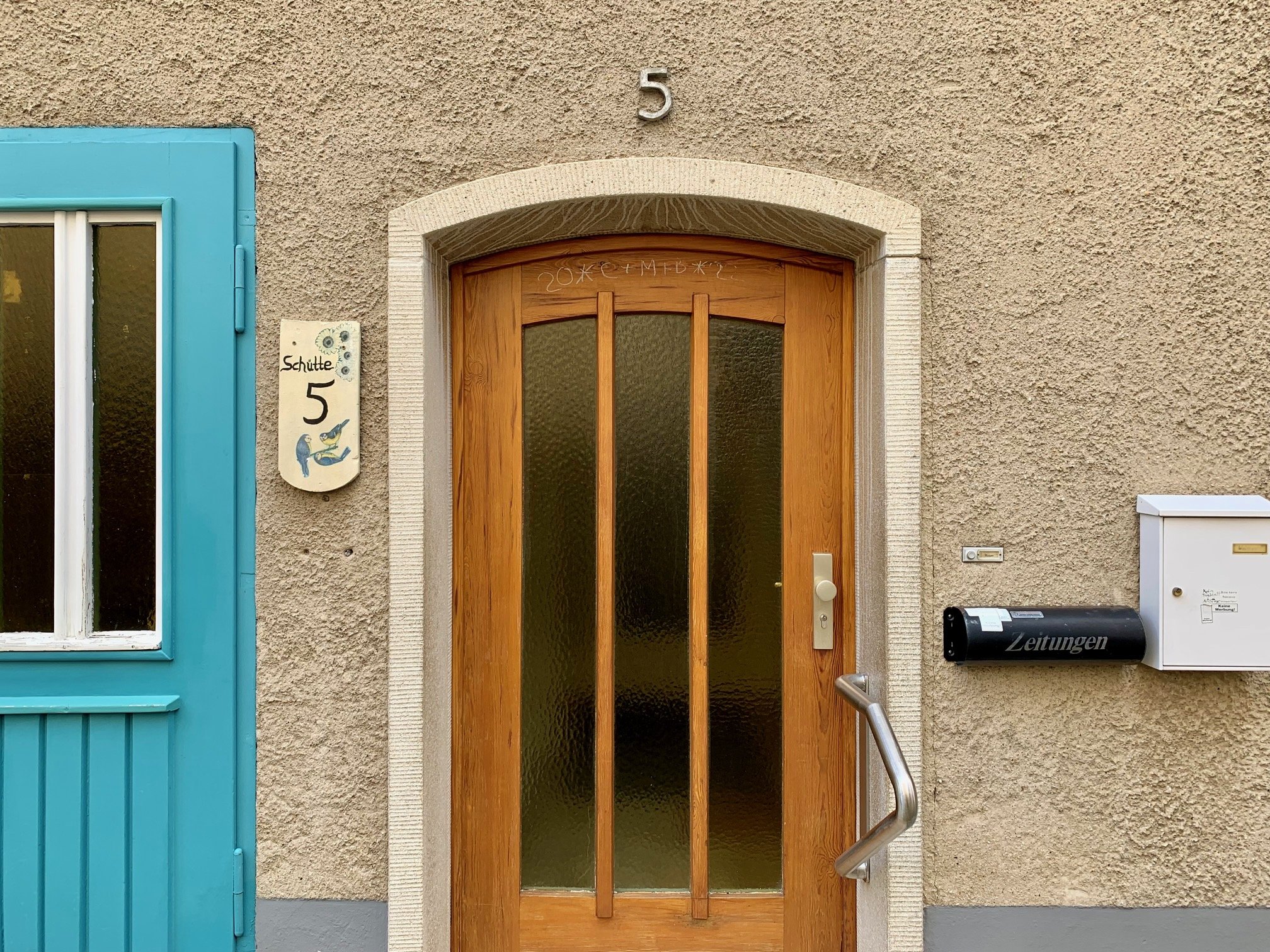
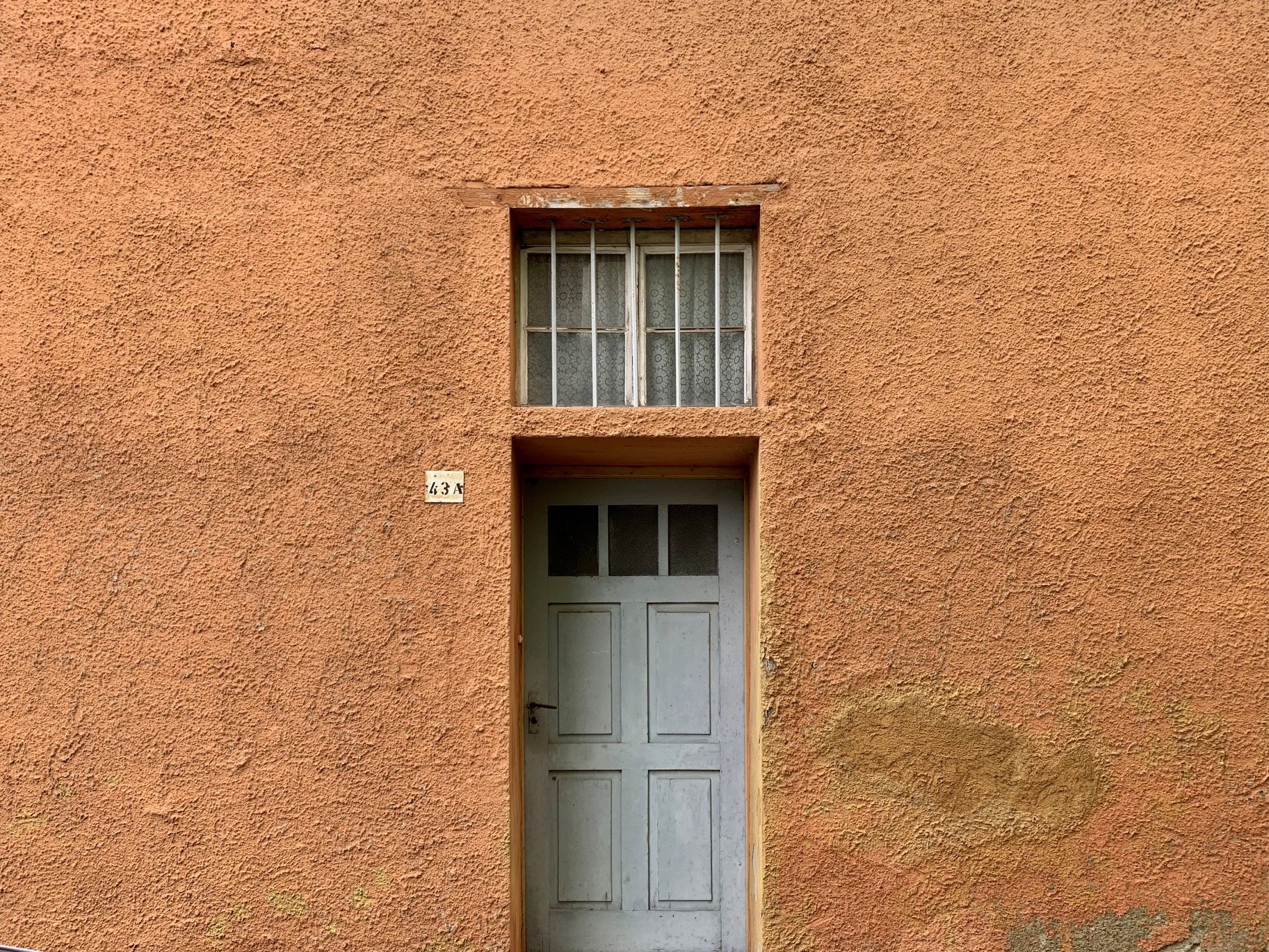


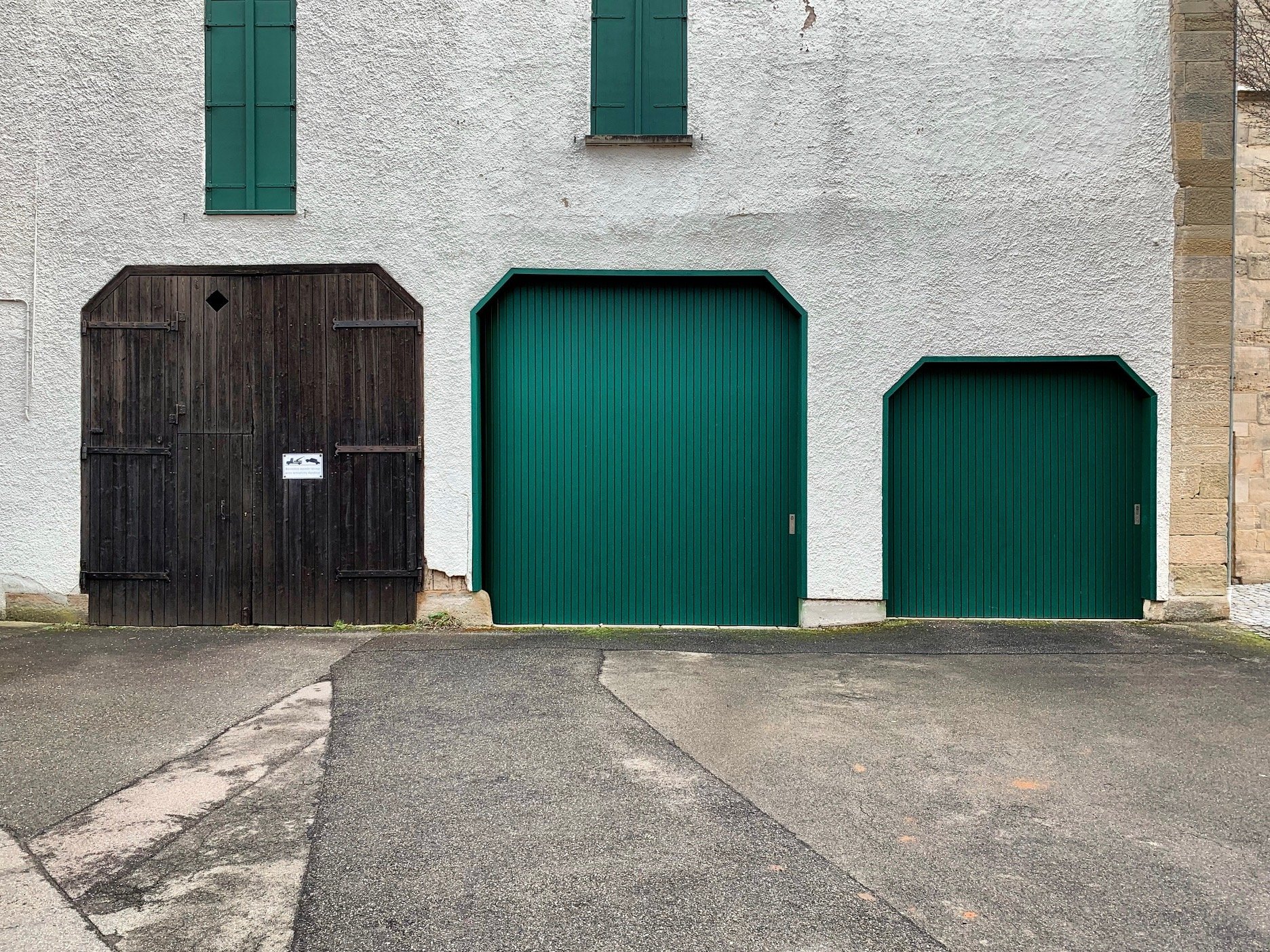


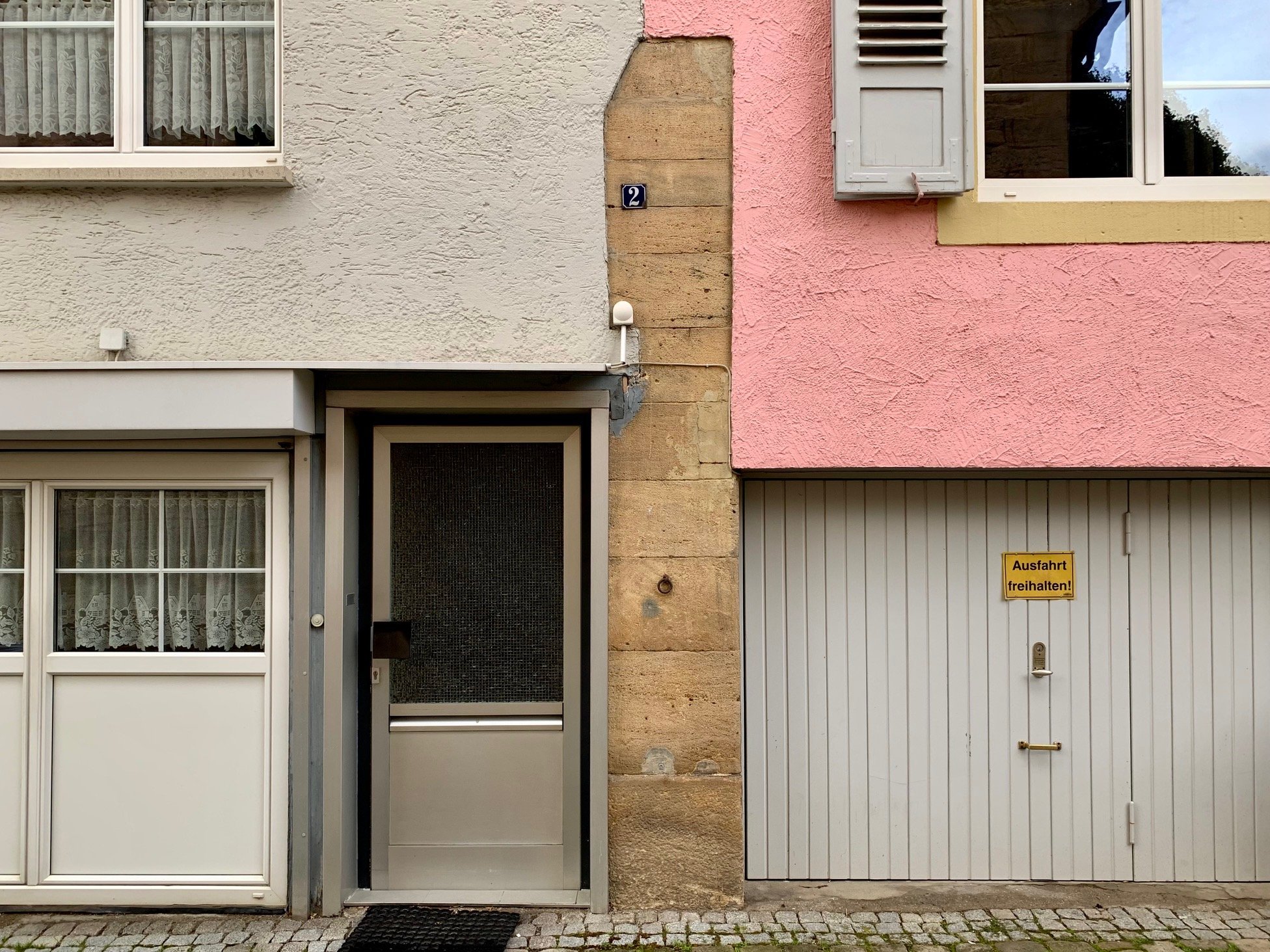
Photos by Simon Thorogood.
Wandering the back streets of the small city of Rottenburg am Neckar, I was struck by the number of houses not especially modernized.
In an otherwise affluent city, there was something both charming and comforting about the idea that the owners consider “this door is okay. I trust this door, I’ll stick with it.”
The doorways served as a measure of recent historical architectural styles, but without being a conspicuous expression of vintage or period. They just were.
Aside from architectural features, the doors and windows held other meaning – as portals to other worlds and other lives. They spoke about the idea of ‘passing through’ something; representing challenges, borders, conduits, outlets, points of departure, of entering and exiting, of emergence, of escape, and new beginnings.
As psychological representations, then, they are compelling and can tell us something about the particular conscious and unconscious doorways we periodically seek (or avoid) in life. From Janus, the Roman god of doorways, beginnings, endings, transitions and time, to Sigmund Freud’s notion of doors of psychoanalysis, doors and gateways have been used throughout a history of human culture as metaphor, symbol and storytelling device.
In the 1972 film The Godfather Francis Ford Coppola reputedly used doors to articulate and separate different characters, existences and status within the Corleone mafia family. In classical music, Britta Byström’s Ten Secret Doors (2010) is composed of ten interconnecting movements (or doorways) each with distinct sound-changes. In architecture, we might reference Lorenzo Ghiberti’s imposing bronze Doors of Paradise of the Baptistery of San Giovanni in Florence (1452), and in the fine arts, Marc Chagall’s Cubist Cemetery Gate (1917), has much to say to us again within the context of the war in Ukraine.
No doubt like many, I am engaged in a perpetual procedure of door searching – the ‘right’ door into something, the ‘right’ door out of something, and identifying those that can be safely left ajar.
But in the midst of such operation, and any anxiety this might entail, perhaps we need to occasionally remind ourselves as per the doors of Rottenburg that “this door is okay. I trust this door, I’ll stick with it.”
Conversion Therapy.










Photographs by Simon Thorogood.
After a few weeks of colourless and drab weather, the landscape and one’s own mindset has been adjusted by the fresh snowfall.
Although temporary, the fleecy blanket changes much and difference abounds. Light levels are adjusted; sounds are both muffled and amplified; the blanched ground slips into the ashen sky; tracks and movements of animals and machines are revealed; and a familiarity with surroundings is modified.
One can engage with one’s environment anew, and the task of the arts and humanities is entrusted to the fields and trees around a small village in Baden-Württemberg.
The Co-Op. A Different Kind of Business.
For me, the German digital art pioneer, Manfred Mohr, represents a fascinating example of what I term ‘creative augurs,’ after ancient Roman or Greek religious figures who would supposedly ‘listen to the future.’
An early innovator of what he called ‘programmed expressionism,’ Mohr championed the creative possibilities of algorithms throughout the 1960’s, but he needed extremely large and powerful institutional computing machines complete with technical support to generate the type of artwork he envisioned.
The Paris Institute of Meteorology offered him the use of their advanced meteorological computer so that he could generate his algorithmic art at night whilst the institute conducted its primary role of forecasting future weather patterns by day. This creative co-existence allowed Mohr to create what he called the “super-version” of himself, and to find serendipitous creative arenas otherwise inaccessible, and which facilitated dynamic and technically progressive work that he may not have achieved ordinarily.
Can large public commercial and civic institutions develop analogous policies with such coordinated, collaborative and educational ends? By tendering open utilization of their personnel, hardware, software, and technical expertise, can they become the champions of new creativity for the wider enrichment of society, where support for the arts is not forthcoming from central government?
Utopia in Mind.
Notable architectural practitioners, idealists and theorists habitually created speculative space for open-ended, theoretical, and unrealised practice and philosophy.
Examples can be found in the work of Etienne-Louis Boullée’s Cénotaphe à Newton (1784), Gaudi’s Grand Hotel Attraction (1908), Le Corbusier’s Plan Voisin for Paris (1925), the neo-futuristic Archigram group (c. 1961), ideologue Cedric Price’s Fun Palace (1961), or Walt Disney’s EPCOT Project X (1966).
Can we determine such occasion, condition and space for fashion to be increasingly grand, but ‘not there?’
It’s Rumoured.
Rumours reputedly evolve and spread quicker under conditions of stress or repression, where a want for information is keener and where ‘truths’ are accommodated more readily so as to sustain ‘belief.’ As rumours are shared and spread they unfold and mutate, but they can also become more extravagant and fanciful in order to endure and survive.
The most successful rumours may be considered those that either satisfy a thirst for fantasy or otherwise fuel a fascination with catastrophe. Can we, then, develop forms of ‘suppositional arts,’ manifestations of creativity that magnificently evolve, change, transform or adapt in order to survive?
Receding Heirlines.
Is there a growing appreciation that large institutions, corporations, and even cities, are not necessarily the best place anymore to do what they used to do best?
For example, Blockchain and Crypto-currency technology may be said to bypass the dominance of big banks; the culture of Parcour challenges the place of athletics within an arena (or otherwise conventional navigation of urban environments); music recording software, such as Ableton Live, has all but made fixed recording studios redundant; and even leading capital cities, such as London, may be progressively losing monopolies of creative prominence as young people move to emerging creative hubs elsewhere for affordable risk and adventure.
Correspondingly, the question can also be asked if art and design colleges are still the best places to be creative in anymore? As the potent and risky laboratories UK art schools were during the latter half of the 20th Century, they both disrupted and instructed a changing world, rather than ascribing to and aligning with an increasingly monetised and evaluated global marketplace.
Where, then, are the new sites, places, or understandings of subversion for the Arts? Certainly, as ever, insurgency or revolution lies in the mind, but what and where are the new physical ‘seminaries’ of creative ingenuity?
I Beg To Differ.
If we wish to locate and nurture unexpected yet productive futures, we will need to create more opportunity and space for liberating ideas and simply trying them out.
Conjecturing and dreaming, on both small and grand scale, will become ever essential to innovative thinking. Designers of the future will need to distinguish themselves as creative and logistical ‘difference connectors,’ where their charge will be to deliver better, richer and more divergent information in their expanding subject area.
Not All There.
The human attributes that we might most admire in other people, whether it is their personality, vitality, integrity, honesty, openness, intellect, compassion, or wit are principally formless and abstract characteristics. Where and how can the things we value otherwise be formless and abstract?

